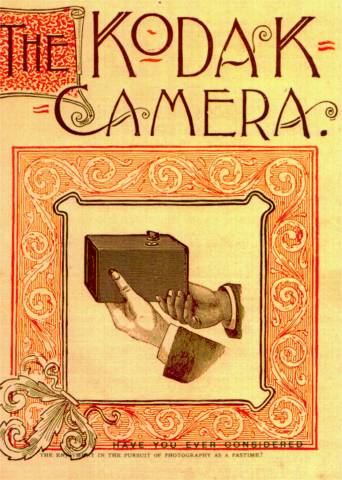I’ve long been a fan of Mike Johnston’s writing at The Online Photographer, and previously on Black & White Photography magazine, where I first began reading him. I have also been aware that he wrote for the Luminous Landscape website, but wasn’t aware of that site when he was writing for it.
Anyway, the Luminous Landscape is an excellent website / resource, and well worth a trawl through for interesting old article on photography and cameras. I was trawling recently, and came across a wonderful old article (yes 2002 is becoming pretty old now!) that Mike wrote on b+w printing and achieving “the glow” – ie that ethereal quality that master printers seemed to be able to achieve easily, but hobbyists struggled to get anywhere near. “That rich, soft, pearly look that some master prints have. As if a soft light were coming from deep within the paper.”, to quote the article.
Mike goes on to give a recipe of sorts that could be used to try to achieve the same quality. And this struck a cord, because it described things I have struggled with in the darkroom.
Most photographers I know (myself included) who still photograph with b+w film will talk about it’s latitude (ie the degree to which the film can be underexposed and overexposed and still achieve useable results, or details in the negative).
We will also talk about times that we have ‘pushed’ our film, say to photograph concerts at night in low light. To do this you expose the film at a higher ISO rating than what the film is rated for – say use 1600 ISO on a 400 ISO rated film, and then develop accordingly. This effectively is underexposing the film. You will get acceptable results. And grain the size of golfballs.
What Mike advocates resolutely in his recipe for “the Glow”, is to never push film**. You need to pull, as he advises in step 7 of the recipe –
“… Don’t develop too much. Say, 10% or 20% less than the manufacturer recommends for outdoor scenes, no more than the manufacturer recommends for flat indoor scenes. Giving generous exposure and not developing too much is called “pulling,” and it was common in the days before reliable light meters… and before the pernicious disease of “pushing” became an epidemic spread by hobby magazines and photojournalists. I’ll give you a hint that will set you well on the way to being a better printer: never push. …”
I don’t want to quote any more without permission, but if you are still using b+w film and printing in the dark, or even scanning for digital prints, read the article here. It’s a quick, entertaining read. It’s not full of science and figures, but is a great stepped description to how you might, with practise, achieve a print that glows!
The Luminous Landscape
The Online Photographer
– Rory
** I suspect this is good advise when you are shooting digitally too. Digital doesn’t have nearly as much exposure latitude as traditional b+w film, and you have to be very careful not to over expose to much, to avoid clipped highlights – ie very bright parts of the image with absolutely no detail in them. But underexposure in digital, particularly in the shadows, will induce noise if you try to bring out the detail in those shadow areas. And noise ain’t pretty – even grain the size of golf balls is preferable!







